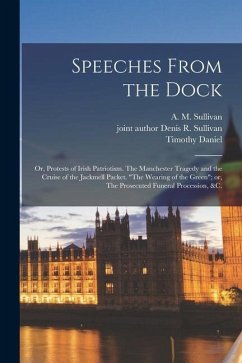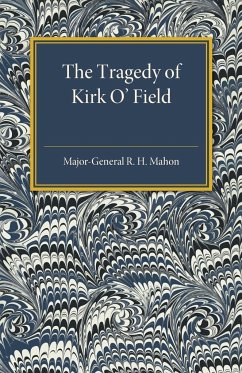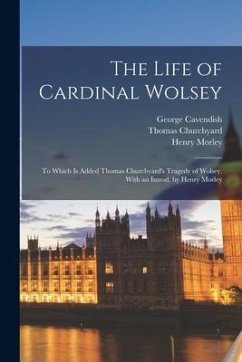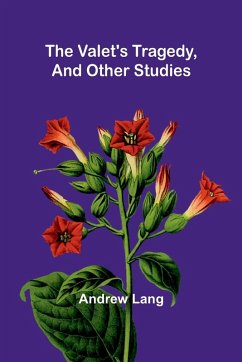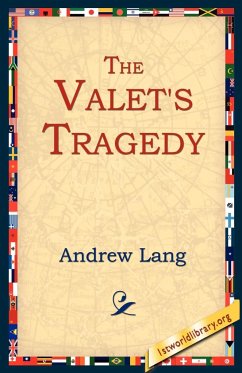
The Valet's Tragedy
Versandkostenfrei!
Versandfertig in 1-2 Wochen
18,99 €
inkl. MwSt.
Weitere Ausgaben:

PAYBACK Punkte
9 °P sammeln!
Purchase one of 1st World Library's Classic Books and help support our free internet library of downloadable eBooks. 1st World Library-Literary Society is a non-profit educational organization. Visit us online at www.1stWorldLibrary.ORG These studies in secret history follow no chronological order. The affair of James de la Cloche only attracted the author's attention after most of the volume was in print. But any reader curious in the veiled intrigues of the Restoration will probably find it convenient to peruse 'The Mystery of James de la Cloche' after the essay on 'The Valet's Master,' as t...
Purchase one of 1st World Library's Classic Books and help support our free internet library of downloadable eBooks. 1st World Library-Literary Society is a non-profit educational organization. Visit us online at www.1stWorldLibrary.ORG These studies in secret history follow no chronological order. The affair of James de la Cloche only attracted the author's attention after most of the volume was in print. But any reader curious in the veiled intrigues of the Restoration will probably find it convenient to peruse 'The Mystery of James de la Cloche' after the essay on 'The Valet's Master,' as the puzzling adventures of de la Cloche occurred in the years (1668-1669), when the Valet was consigned to lifelong captivity, and the Master was broken on the wheel. What would have been done to 'Giacopo Stuardo' had he been a subject of Louis XIV., ''tis better only guessing.' But his fate, whoever he may have been, lay in the hands of Lord Ailesbury's 'good King,' Charles II., and so he had a good deliverance. The author is well aware that whosoever discusses historical mysteries pleases the public best by being quite sure, and offering a definite and certain solution. Unluckily Science forbids, and conscience is on the same side. We verily do not know how the false Pucelle arrived at her success with the family of the true Maid; we do not know, or pretend to know, who killed Sir Edmund Berry Godfrey; or how Amy Robsart came by her death; or why the Valet was so important a prisoner. It is only possible to restate the cases, and remove, if we may, the errors and confusions which beset the problems. Such a tiny point as the year of Amy Robsart's marriage is stated variously by our historians. To ascertain the truth gave the author half a day's work, and, at last, he would have voted for the wrong year, had he not been aided by the superior acuteness of his friend, Mr. Hay Fleming. He feels morally certain that, in trying to set historians right about Amy Robsart, he




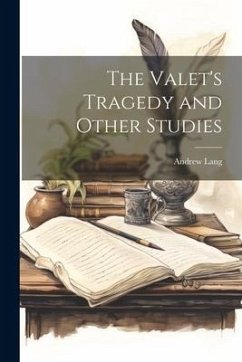
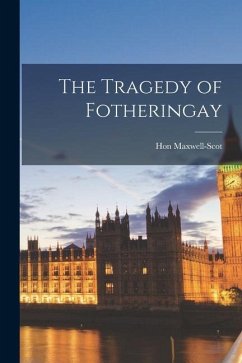
![The Queen's Tragedy [microform] Cover The Queen's Tragedy [microform]](https://bilder.buecher.de/produkte/64/64534/64534690n.jpg)
